Can you spot a fake $10 from the real thing? It’s getting harder these days, but you can still do it using a microscope.
US dollar bills are make of a mix of cotton and linen, which is why they don’t fall apart when you leave them in your pants pocket and they go through the water. They also have trace amounts of iron embedded in them, so they flex slightly toward a strong magnet. Can you find the owl on the dollar bill?
[am4show have=’p8;p9;p11;p38;p102;’ guest_error=’Guest error message’ user_error=’User error message’ ]
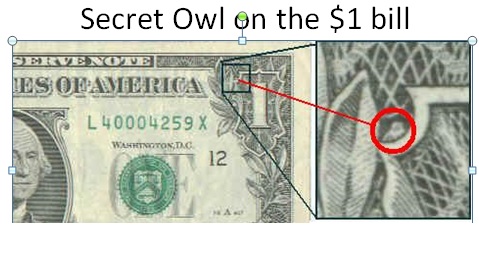
Newer US five dollar bills have a watermark. If you hold it up to the light, you’ll see another image appear that wasn’t there before.
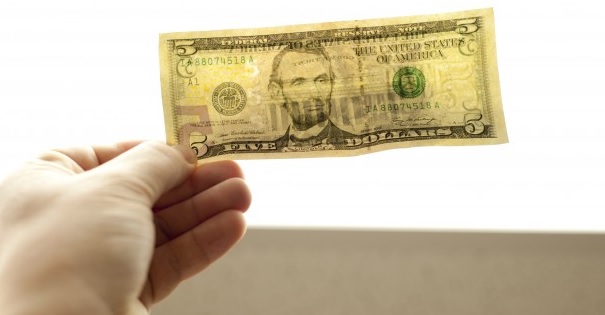
Older fives have the names of 26 states written along the top of the building on the backside of the bill.
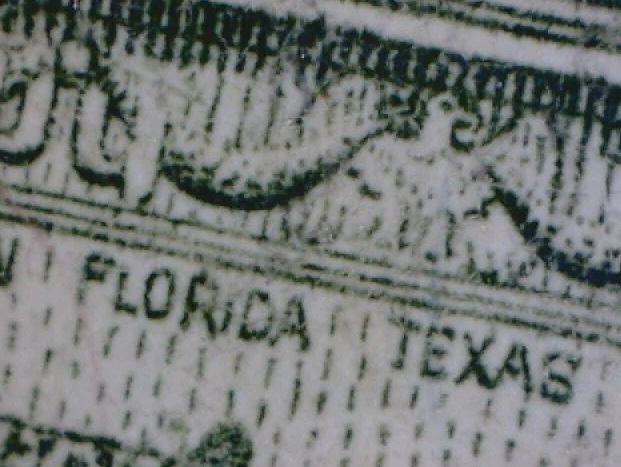
Five dollar bills also have strange borders on the front of the bill:
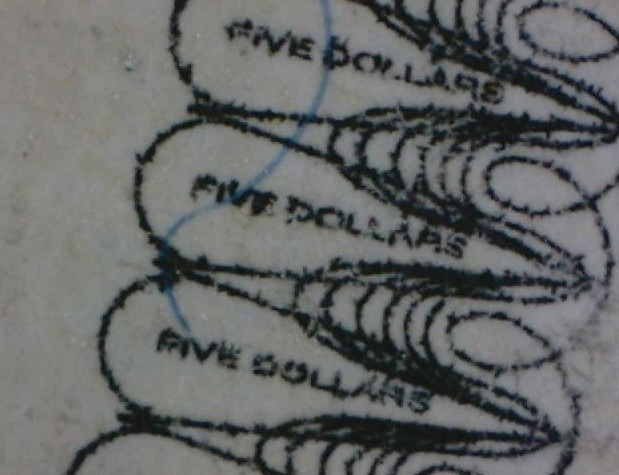
Fives also have microtexting printed right next to the name “Lincoln”:
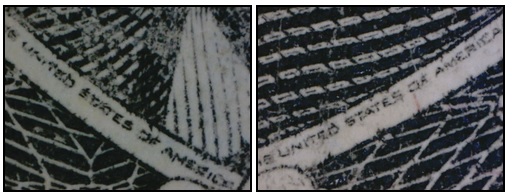
Newer US ten dollar bills have an interesting mark. Look with your microscope at the bottom left corner at the “10”. Do you see how the lines inside are actually words?
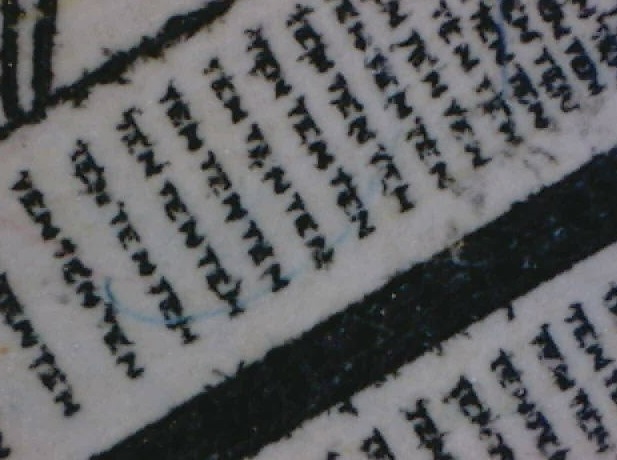
The tens also have a unique color and loop patterns in the bottom right corner.
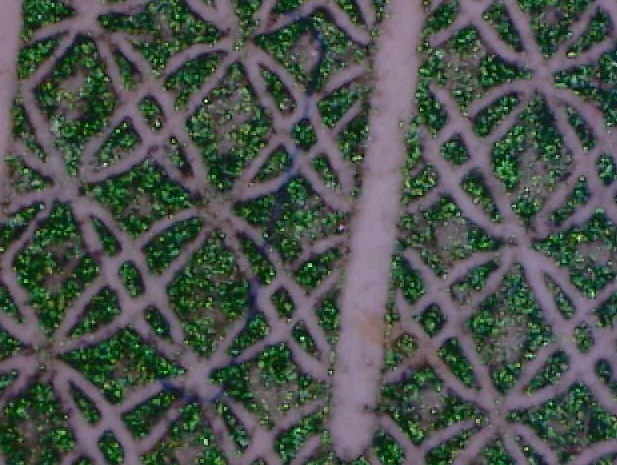
There’s also microtexting just above the name “Hamilton” on the front of the bill.
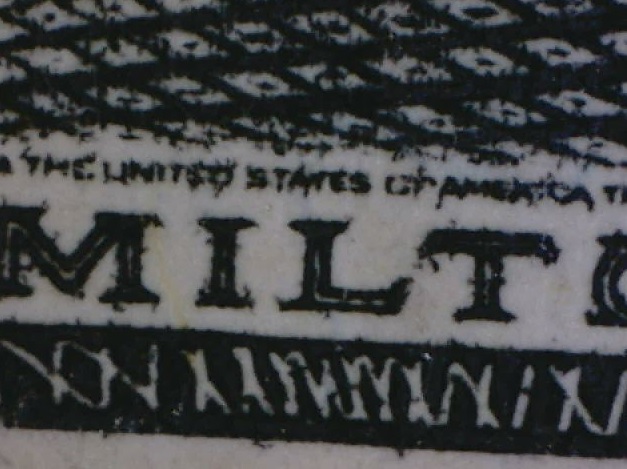
US twenty dollar bills have many different things you can spot with a microscope: the first is on the back of the sill, you’ll find a lot of little 20’s as watermarks scattered around the bill:
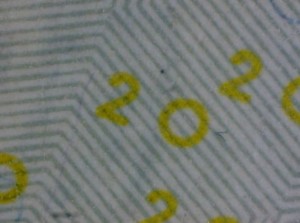
Microtexting on the twenty looks like this:
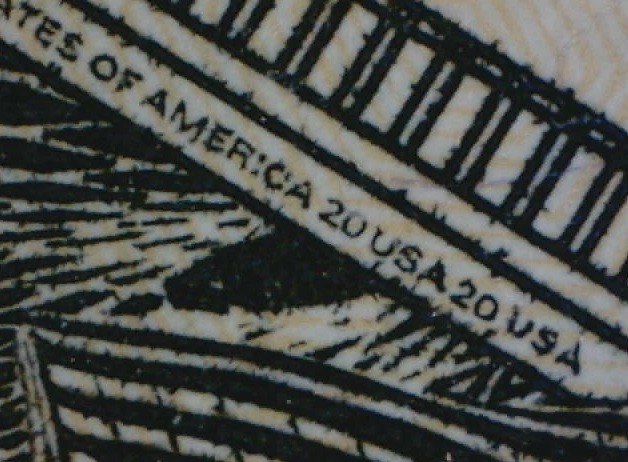
But what if you don’t have a microscope? Did you know you can create a compound microscope using just two hand held magnifiers? It’s all in how you use them to bend the light. This video below covers the fundamental basics of how two double-convex lenses can be used to make objects appear larger when right up close.
[/am4show]

